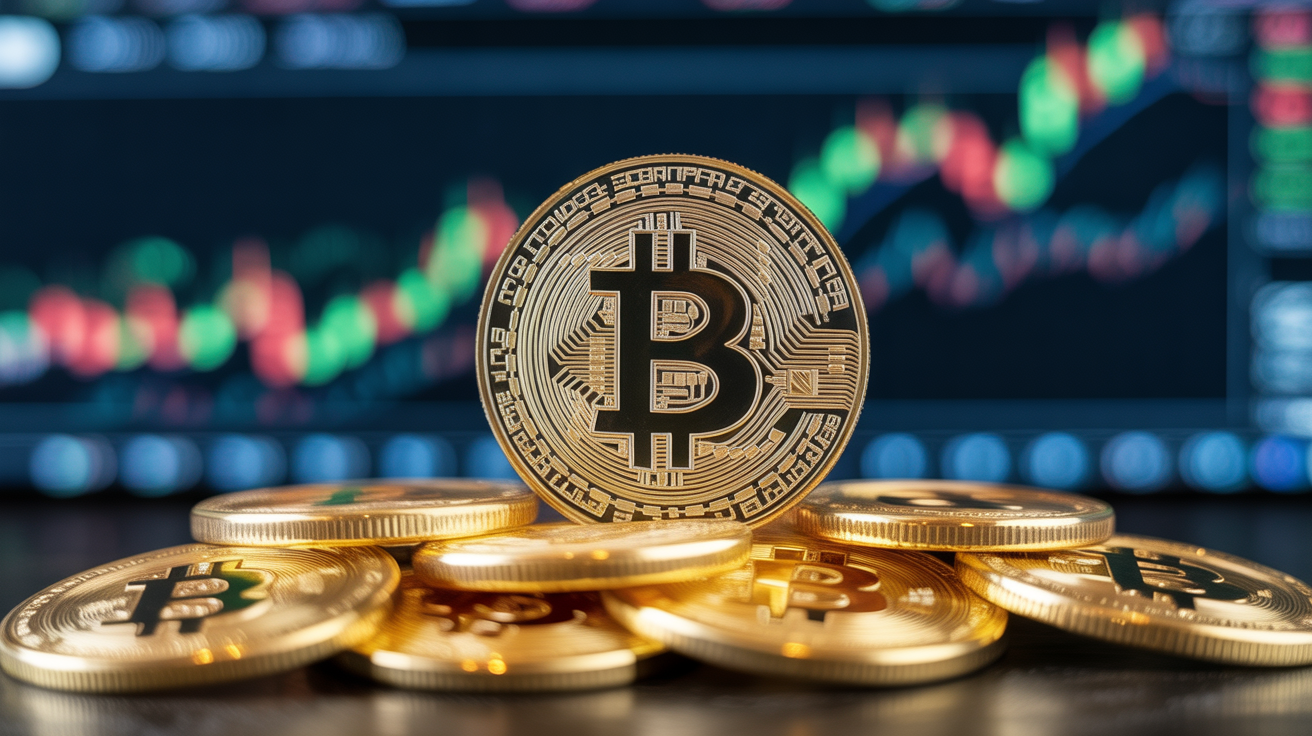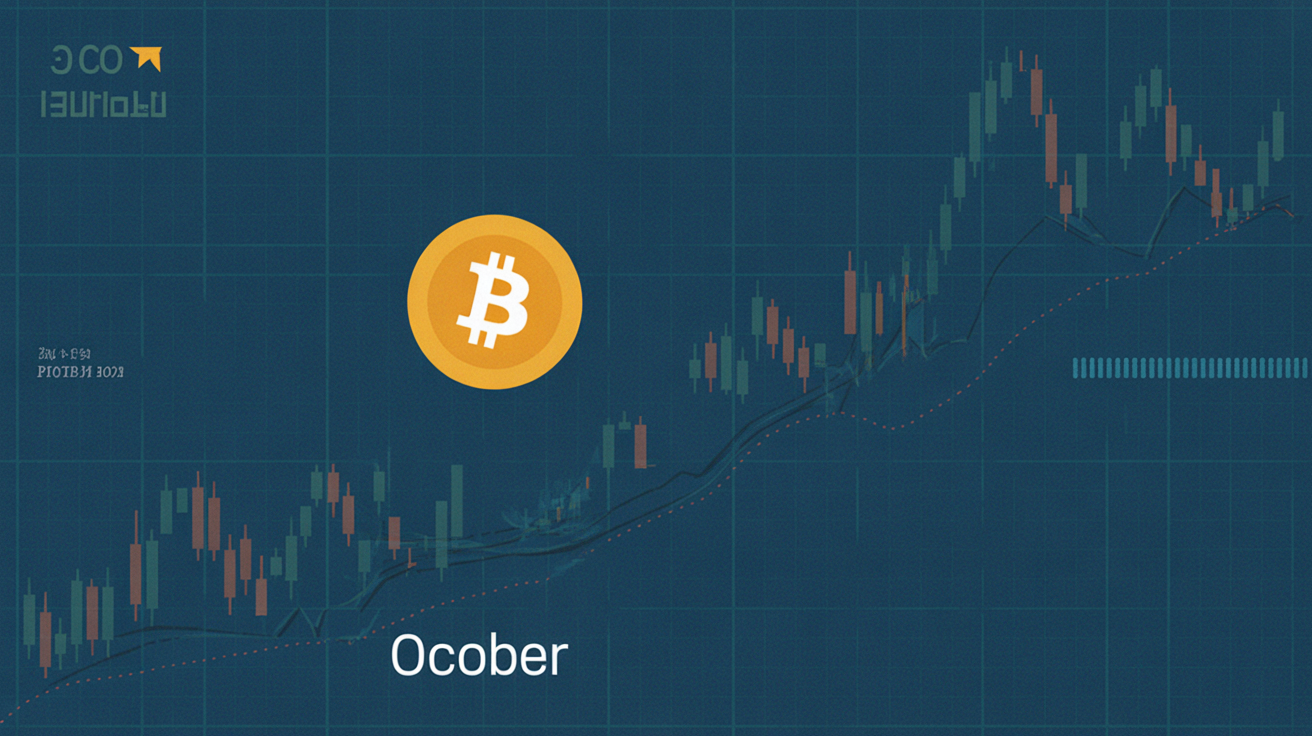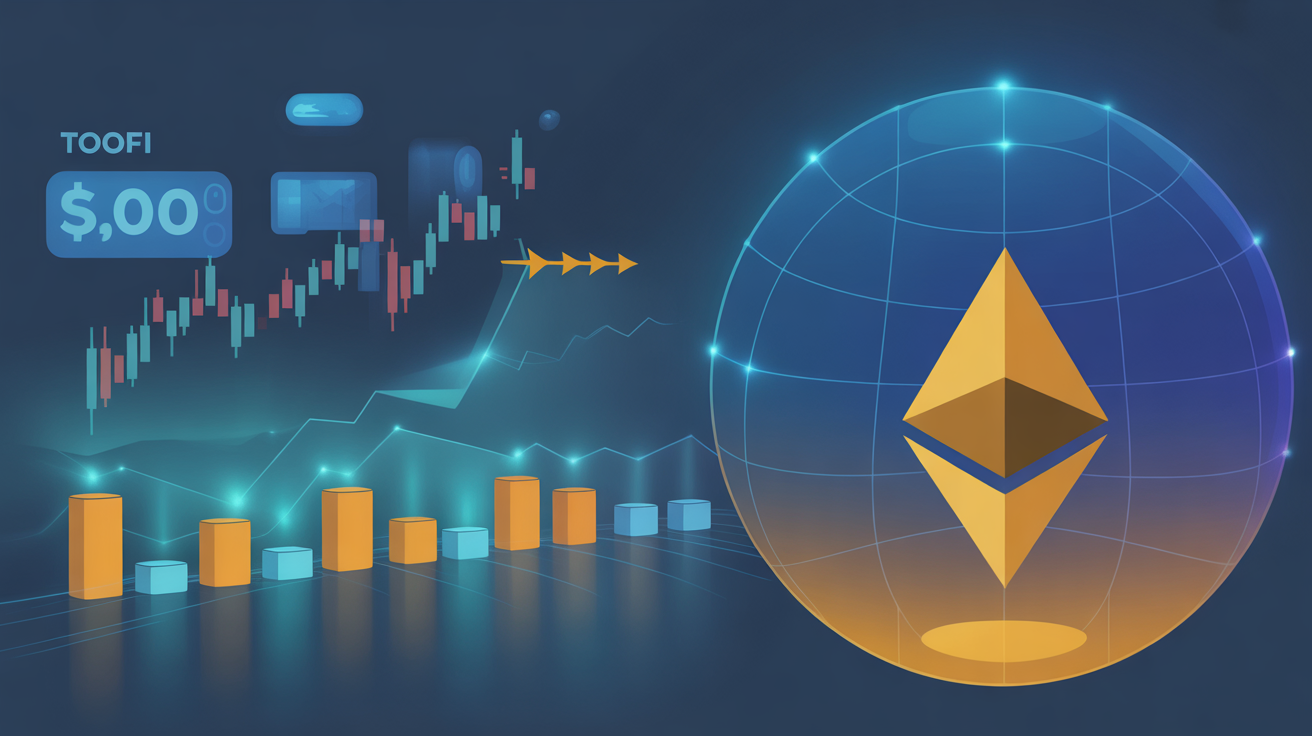XRP Holds Above $2.90 as SEC ETF Review Window Approaches
XRP remained steady above $2.90, supported by institutional accumulation and anticipation of U.S. SEC spot ETF decisions. Seven XRP ETF applications are pending, with Grayscale’s filing set for October 18 and others scheduled through November 14, marking a critical window of potential market-moving regulatory catalysts.
During the 24-hour session from September 28, 21:00 GMT, to September 29, 20:00 GMT, XRP climbed 2.1%, rising from $2.84 to $2.90 within a $0.10 trading range, reflecting 3.47% volatility.
Institutional Activity
Whales holding 10–100 million XRP accumulated over 120 million tokens over the past three days, signaling confidence ahead of ETF approvals. Analysts note that regulatory greenlights could act as a structural catalyst, driving broader institutional adoption.
Price Action Overview
- XRP traded between $2.84 and $2.93, with selling pressure intensifying near $2.93.
- Major upward moves occurred at 02:00 and 07:00 GMT, with volumes exceeding 97 million XRP, well above the daily average of 57.4 million, indicating institutional participation.
- In the final trading hour, XRP rose from $2.88 to $2.90, with a 4.8 million token volume spike, confirming the $2.90 level as a key near-term pivot.
Technical Levels
- Resistance: $2.92–$2.93, where repeated attempts to break higher have stalled. A close above $2.93 on strong volume would signal a breakout.
- Support: $2.85–$2.86, repeatedly defended, forming an accumulation zone.
- Psychological Pivot: $2.90 now acts as near-term support; maintaining this level could set the stage for a move toward $3.00.
- Volatility: 3.47% over the 24-hour session, reflecting active institutional repositioning.
Traders Are Watching
- Whether XRP can sustain $2.90 as support for continuation toward $3.00.
- SEC’s October–November ETF review window, with Grayscale’s October 18 submission as the first key catalyst.
- Whale activity, with 120 million tokens accumulated in three days, suggesting further upside potential.
- Macro factors like Treasury yields and Fed policy signals, which may impact risk appetite across crypto and traditional markets.




























